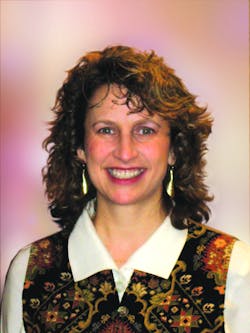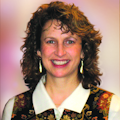
“How does one supply healthcare in a world in which cost is everything?” asked Harvard University professor George Whitesides as he introduced his lecture for the non-profit TED (“Ideas Worth Spreading,” see http://bit.ly/crlhOM.) Whitesides and his colleagues call this concept of delivering medically relevant information at “as close as possible to zero cost” as “diagnostics for all” (or, “zero-cost diagnostics”). And while he says the approach was developed initially for application in the developing world, it is also more broadly applicable—especially for rigorous environments such as battlefield medicine and home healthcare that also place demands on space and other resources.
Another concept along similar lines is that of “point-of-care testing,” which aims to deliver diagnostic test results immediately, while the patient is in the care of the medical professional (not days later) and can begin treatment when it could have a more pronounced impact on saving tissue, costs, suffering, and lives.
This issue looks at some examples of low-cost, portable biophotonics under development that take steps in the directions of these paradigm-shifting goals (see Portable OCT for point-of-care testing, p. 34; Optics and photonics for portable public-health solutions, p. 23; LAMMP lights the way from bench to bedside, p. 18; and Feasibility study indicates clinical potential for handheld OCT probe, p. 10), though we’ve reported many more examples online (for instance, http://bit.ly/jf9ZWp). This general theme was also represented at the world’s largest photonics event, which took place in late May in Munich, Germany: The CEO roundtable at Laser World of Photonics featured medical diagnostics as a “megatrend” upon which biophotonics is having a dramatic effect—and promises even greater impact for the future (see Bio and medicine top two growth areas at Laser World of Photonics 2011, p. 16).
In fact, biophotonics has had its own dramatic effect on Laser World of Photonics as it has at the U.S.’s major photonics conference and expo, Photonics West (see http://bit.ly/pk586q): This year in Munich, medical and biological applications dominated the event in terms of growth.
Around the time that the German government announced its commitment of an additional one billion Euros to support photonics (including biomedicine), the U.S. National Science Foundation (NSF) released a statement saying it will award up to $6.6 million in discretionary grants for basic research and innovation in biophotonics. Mark your calendar for the application deadline, September 15, 2011; almost anyone can apply (see Funding for research and innovation, p. 16).
About the Author

Barbara Gefvert
Editor-in-Chief, BioOptics World (2008-2020)
Barbara G. Gefvert has been a science and technology editor and writer since 1987, and served as editor in chief on multiple publications, including Sensors magazine for nearly a decade.